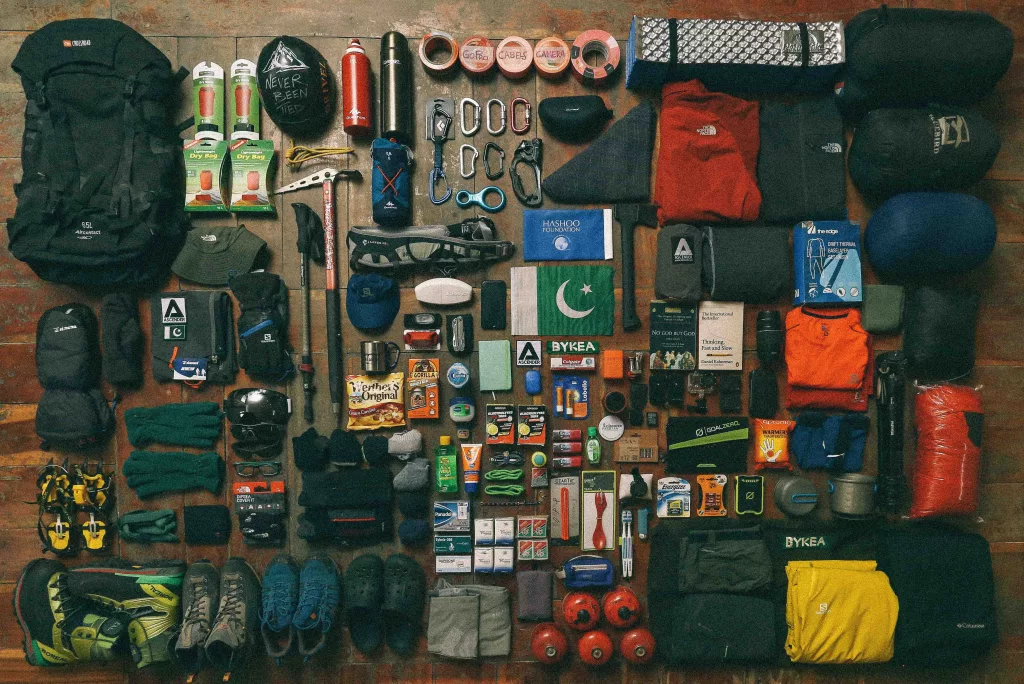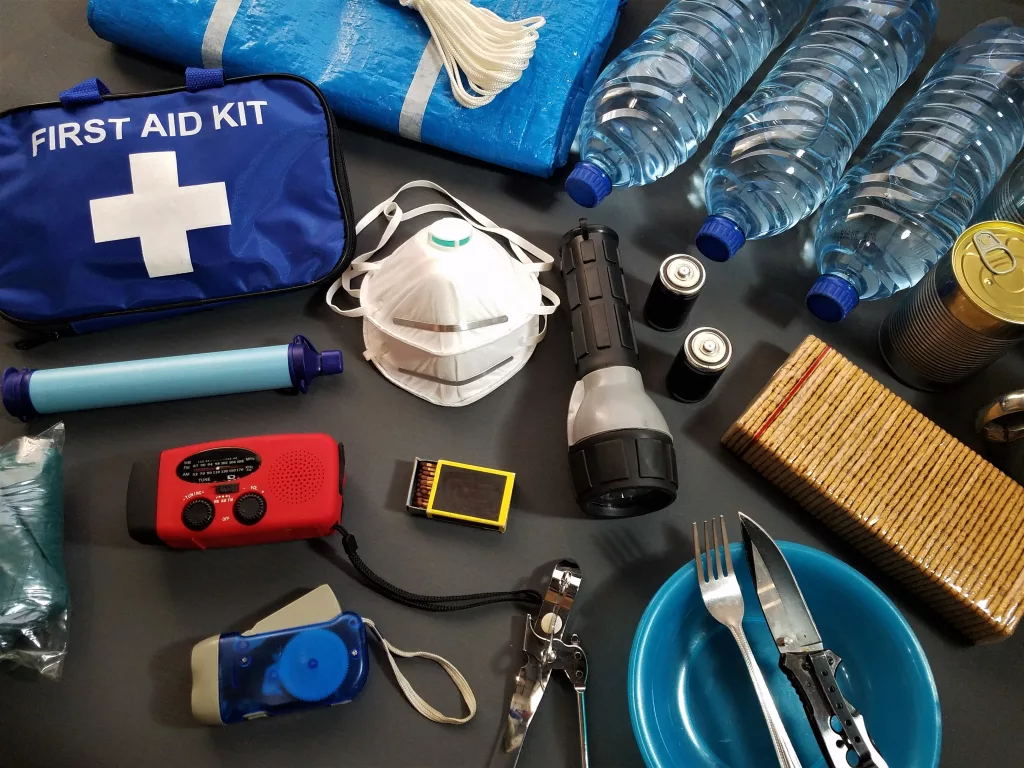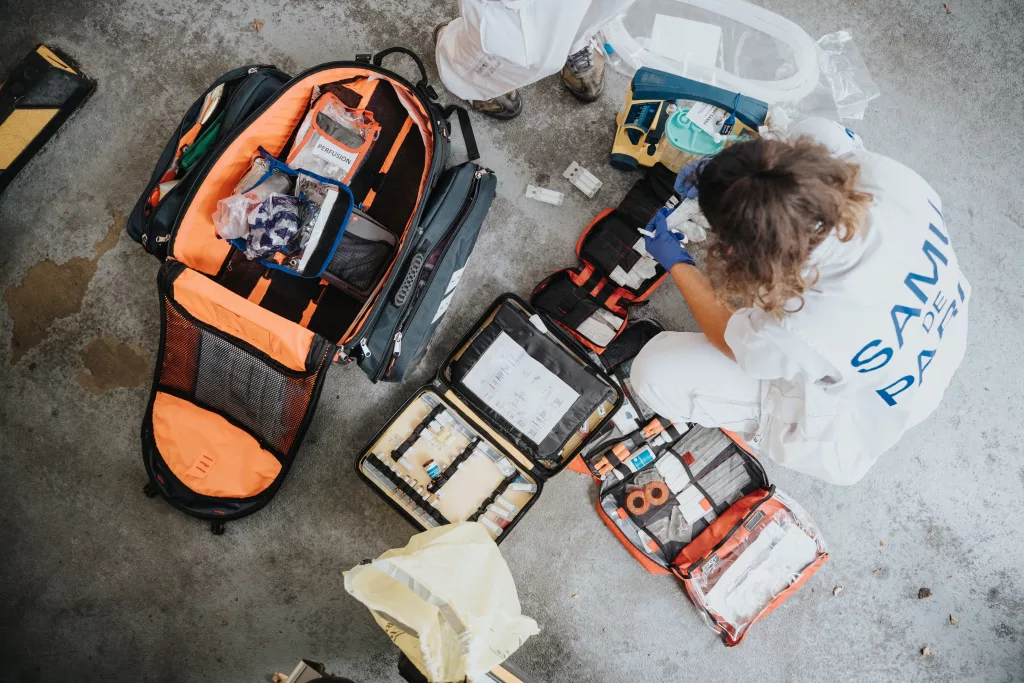The Transition to College Life
Leaving familiar high school hallways and stepping out into the boundless wilderness of college can be both exciting and intimidating. New faces, new schedules and a flood of independent learning replace the rigid organization of past years. The transformation is full of expectations, joy and- dare I say it?-a certain measure of doubt.
Embracing the Unfamiliar
It’s all about diversity College encourages diversity. This melting pot nurtures in its occupants the seeds of individual development and intellectual participation, but at the same time can also seem scary. It’s not easy to leave well-established friendships and move into an unfamiliar social milieu. Of course, no one is completely at a loss to start with. Seize the chance to make new friends, to break free from your shell and search for your place in this bustling environment.
Balancing Freedom and Responsibility
College brings a sense of freedom, different times and fewer parental controls. However, along with this freedom comes the need to use your time well. It seems like juggling coursework, extracurricular activities and social life-not to mention a part-time job on the side-is enough to make someone’s head spin. If I can learn to order my priorities and set obtainable goals, as well as develop appropriate study habits, this would be very beneficial for both learning and life.
A College Lifeline Survival Kit The most important thing for college is a survival kit.
Consider a college survival kit your military equipment for battling it out in the ivory jungle. So it is not only objects but having the equipment and means necessary to survive in a different world.
The Academic Essentials:
• Reliable Backpack: Buy a high-quality, comfortable backpack to carry the books, notebooks and computer.
• Organization Tools: Binders, dividers, planners and highlighters will keep your work from getting out of control.
• Stationery Kit: Collect pens, pencils and notepads and sticky notes to write down ideas and information on the spur of the moment.
• Tech Gear: A dependable laptop, headphones and chargers are key equipment for online learning and research.
The Social Connectors:
• Icebreaker Conversation Starters: Have a few questions or facts up your sleeve to get to know the other kids in class.
• Campus Event Calendar: Participate in the clubs, activities and events that interest you.
• Buddy System: Seek out an academic or even room-mate partner who can provide for your needs.
Mastering Time Management:
• Prioritize tasks: Establish concrete targets for days and weeks which are based around key deadlines.
• Use a planner: Plan ahead and keep a record of your schedule, assignments and appointments-otherwise you’ll end up rushing around.

Organization and Planning Tools: Your Keys to Conquering the Academic Jungle
Mastering the academic jungle of college requires organization and planning. These tools serve as your set of coordinates, helping you find your way through the thicket of deadlines, lectures and study. Here are two essential weapons in your arsenal:
Academic Planners- Your Map to Success
Never mind scraps of paper and reminders to yourself. An academic planner is your core command post, a visual map of your entire campus.
Structuring Class Schedules and Assignments:
• Map out your territory: One page a day, or one per week; plainly state your time, place and professor.
• Plot your checkpoints: Allot specific time blocks to each assignment, express exams or project deadline. Use color-coding to clarify different topics or levels of importance.
• Mark your milestones: Set up times to review the material and practice for the tests.
Efficient Time Management for College Students:
• Chunk it down: Break down large projects into small pieces, with estimated time for each segment.
• Plan your refueling stops: But remember to schedule breaks and time for eating, exercise, and social contacts so you can avoid burnout.
• Be flexible but firm: Plan for buffer zones to manage some of these types of eventualities.
After all, your planner is a living document, not a rehearsed script. Keep it updated, be realistic about the time that you have available, and adjust accordingly.
Sticky Notes and Index Cards Your Walking Note- Taking Team
These are small in size, big on memory. These little paper rectangles may look simple but they are an organizing powerhouse.
Quick Reminders and Note-Taking:
• Scatter your scouts: Post sticky notes for yourself around doors, mirrors or study guides.
• Capture fleeting thoughts: Take notes on the fly while attending lectures, meetings or brainstorming sessions.
• Bookmark the knowledge jungle: To remind yourself of specific information later, post notes on the pages or sections of your textbook.

Enhancing Organization in Study Sessions:
• Color-code your categories: Separate the notes into different subjects, topics or types of information according to color.
• Create flashcard forests: Memorize key terms, formulas or definitions by putting them on index cards to do active recall and self-testing.
• Build mind maps: To be even more comprehensible, use sticky notes to link up ideas, concepts and arguments.
What makes these tools beautiful is their ability to adapt. They’re just right for you, adjusting themselves according to your way of studying so that you can run through the jungle of academia with ease.
Planners and sticky notes work together to build an effective organizational system that helps you maintain your direction, use your time more productively, and improve grades. However, don’t forget that organization isn’t about going through the motions and crossing items off lists; it is just as much about actively controlling your path of study, taking control of your destiny.
Writing and Stationery Supplies: Your Pen and Paper Allies in the Academic Jungle
The unassuming pen and paper do not fare well in the computer era. However, don’t underestimate their strength in the academic jungle. Good writing and office supplies can help you concentrate on the task before you, smoothly transferring information to them. Let’s explore two key players in your arsenal:
Your Faithful Pen and Ink Stand Quality Notebooks and Pens-College Survival Kit
A well-suited notebook becomes an outer extension of your inner being, a sketch pad for the fleeting moods and ideas we have. Not all notebooks are the same, however. If you prefer ink to graphite, choose high-quality thick paper that doesn’t bleed through and is suited to the fountain pen. Pick whatever size and format works best for you-an old-fashioned A5 lined page notebook, or a bullet journal with lots of white space.
Creating an Effective Note-Taking System:
• Develop your own shorthand: Play around with abbreviations, symbols and bullet points to condense notes without losing your train of thought.
• Structure your notes: Organize your information visually with the use of headers, subheadings, and indentation.
• Leave space for revision: Don’t fill the page from top to bottom. It also leaves blank space so that insights, diagrams or mind maps can be added later.
Smooth Writing Experience for Study Sessions-College Survival Kit
Pick the right pen for you And, whatever we may choose to write with-smooth gel pen, silky mechanical pencil or fancy fountain pen-it should be something which lets us grab a hold of and press hand to paper.
• Embrace color-coding: To emphasize important points, categorize information or follow different themes in notes, use pen of various colors to annotate.
• Experiment with inks: There should be fun and functional inks that you can use to make your notes more lively and interesting.
Just remember that your notebook is a private place to do research and learn. Just be bold; you can freely adjust and try out various formats and styles to see what best suits your needs.
Highlighters and Markers Your guides in the text-College Survival Kit
Markers and highlighters do a lot more than turn textbooks into rainbow bombs (that can be fun too, of course!) They are visual tools for giving importance to information, sharpening attention and stimulating recollection.
Emphasizing Key Concepts in Textbooks-College Survival Kit
• Color-code different categories: Color code for definitions (blue), examples (green) and main ideas (yellow).
• Don’t overdo it: Do not be tempted to underscore every word. Highlight the key ideas, points and evidence.
• Combine with sticky notes: Including annotations and elucidations on the highlighted portions.
Enhancing Visual Learning and Memorization:
• Create visual aids: Diagrams, mind maps or flowcharts are all good examples of visual representations for converting complex concepts into a spatial format. Here you may use markers to draw them.
• Quiz yourself: Mark important passages and then attempt to remember them without looking. The active approach reinforces memory and promotes understanding.
• Personalize your study materials: Draw pictures, doodle or even put in some fun cartoons so that notes won’t be so wearisome.
Highlighters and markers hold great power, but use them smartly. I will give an example. Highlighting is not a passive activity; on the contrary, it can be an active introduction to the text which helps you learn even more.
The proper selection of writing and stationery supplies combined with their appropriate use will enable you to make note-taking and studying joyful expeditions of exploration. Love the brush and ink? Then flourish in the jungle of an academic underbrush!

Conclusion: Conquering the Academic Jungle with Confidence
You don’t have to go it alone in the college jungle. If you have the tools and the outlook to deal with it, then you will be able to travel undaunted through the thick underbrush of course requirements, deadlines, and studies. Don’t forget, however, that the most important equipment you bring with you would undoubtedly include organization and planning in your habits of writing as well as active learning methods-the tools by which you can find your own way to success.
Each new challenge will help you to slowly establish your own internal compass, one driven by curiosity and perseverance, where knowledge is the reward. Take advantage of opportunities, enjoy yourself in the process of learning and don’t forget what you are doing it all for. In the academic jungle, you reap what you sow.
FAQs: Your Guide to Thriving in the College
What is a university survival package?
A university survival kit is a care package of objects which could assist students make the transition to college life and address the demanding situations they may face. It can include sensible items, along with snacks, toiletries, and college components, in addition to comfort items, which includes photos of loved ones and familiar mementos from domestic.
What have to I put in my college survival kit?
The contents of your college survival package will range relying in your individual desires and preferences. However, a few not unusual objects consist of:
• Practical objects:
- Snacks and liquids
- Toiletries
- School substances
- First-resource kit
- Laundry detergent
- Sewing package
- Flashlight
- Batteries
- Phone charger
- Umbrella
- Duct tape
- Multi-tool
Where can I purchase a college survival kit?
You should purchase pre-made university survival kits on line or at some retail stores. However, it may be extra amusing and private to prepare your personal package.
